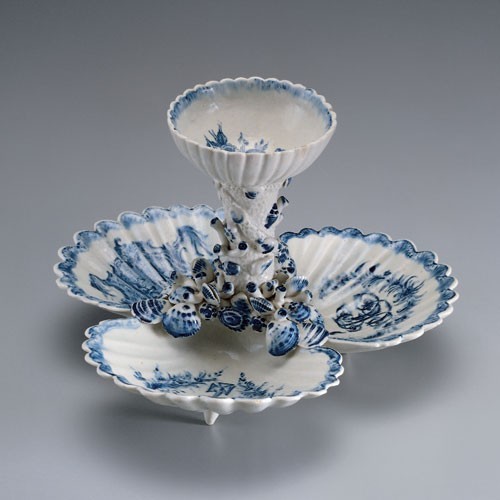
Pickle stand, American China Manufactory, Philadelphia, Pennsylvania, 1770–1772. Soft-paste porcelain. H. 5 1/2". (Courtesy, Kaufman Americana Collection; photo, Gavin Ashworth.)
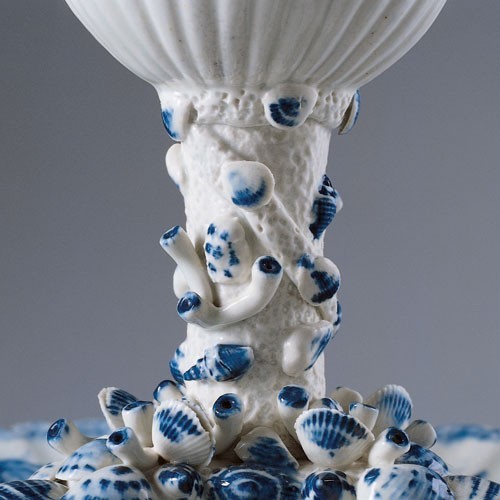
Detail of the pickle stand illustrated in fig. 1.

Bottle, Medici porcelain factory, Florence, Italy, ca. 1575–1587. Soft-paste porcelain. H. 6 13/16". (© V&A Images/Victoria and Albert Museum, London, www.vam.ac.uk.)

Teapot, Meissen porcelain factory, Germany, ca. 1715. Red stoneware. H. 3 3/4". (© V&A Images/Victoria and Albert Museum, London, www.vam.ac.uk.)

Jug and cover, attributed to the Meissen porcelain factory, Germany, 1725–1730. Porcelain. H. 5 9/16". (© V&A Images/Victoria and Albert Museum, London, www.vam.ac.uk.)
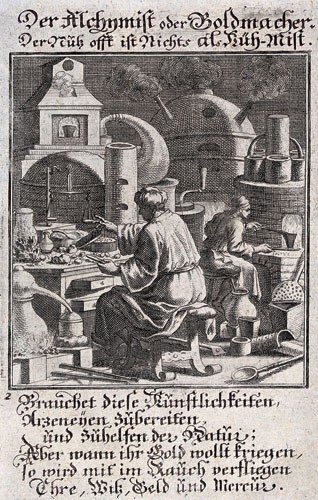
Christoph Weigel (1654–1725), The Alchemist, or Goldmaker, 1698. Engraving on paper, 3 3/8" x 3 1/8". (Courtesy, Wellcome Library, London.)
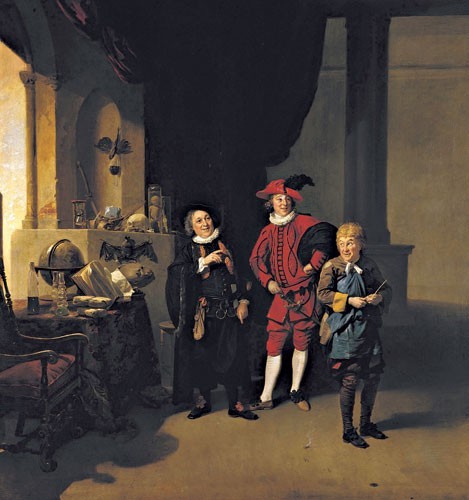
J. Zoffany, David Garrick as Abel Drugger in Ben Jonson’s “The Alchemist,” 1770. (Courtesy, Sotheby’s Picture Library.)

Thomas Frye, Self-Portrait, 1760. Mezzotint. 18 5/8" x 12 9/16". (© V&A Images/Victoria and Albert Museum, London, www.vam.ac.uk.)

Sauceboat, Derby Porcelain Factory, England, ca. 1753. Soft-paste porcelain. L. 7 1/4". (© V&A Images/Victoria and Albert Museum, London, www.vam.ac.uk.)

Dish, attributed to the workshop of Bernard Palissy, 1565–1585. Earthenware with colored glazes. L. 21". (© V&A Images/Victoria and Albert Museum, London, www.vam.ac.uk.)

Tazza and cover, attributed to the workshop of Bernard Palissy, third quarter of the sixteenth century. Lead-glazed earthenware. H. 6 1/2". (© V&A Images/Victoria and Albert Museum, London, www.vam.ac.uk.)

Crucibles, John Dwight pottery, Fulham, England, ca. 1680. High-fired stoneware. H. of tallest approx. 3 1/2". (Courtesy, Museum of London; photo, Hilary Young.)
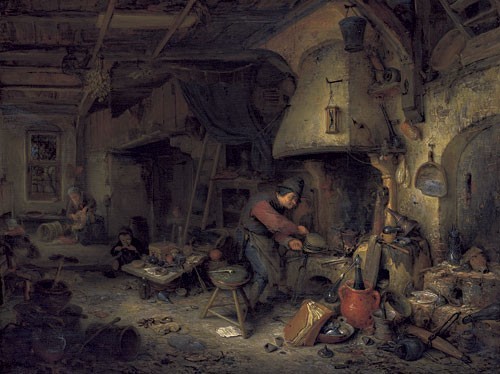
Adriaen van Ostade (1610–1685), An Alchemist, 1661. Oil on oak. 13 3/8 x 17 13/16". (Courtesy, National Gallery, London.) The crucibles are in the center foreground.

A personification of Alchemy, from A Collection of Treatises and Poems on Alchymy, Netherlands, seventeenth century. (© British Library Board.) The crucibles are in the lower left foreground.
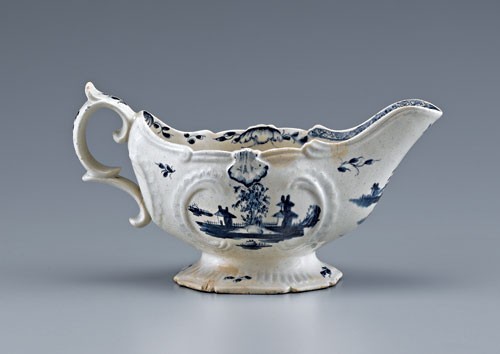
Sauceboat, American China Manufactory, Philadelphia, Pennsylvania, 1770–1772. Soft-paste porcelain. H. overall 4", L. 8". (Courtesy, Brooklyn Museum, Gift of Daniel Berry Austin; photo, Gavin Ashworth.)
